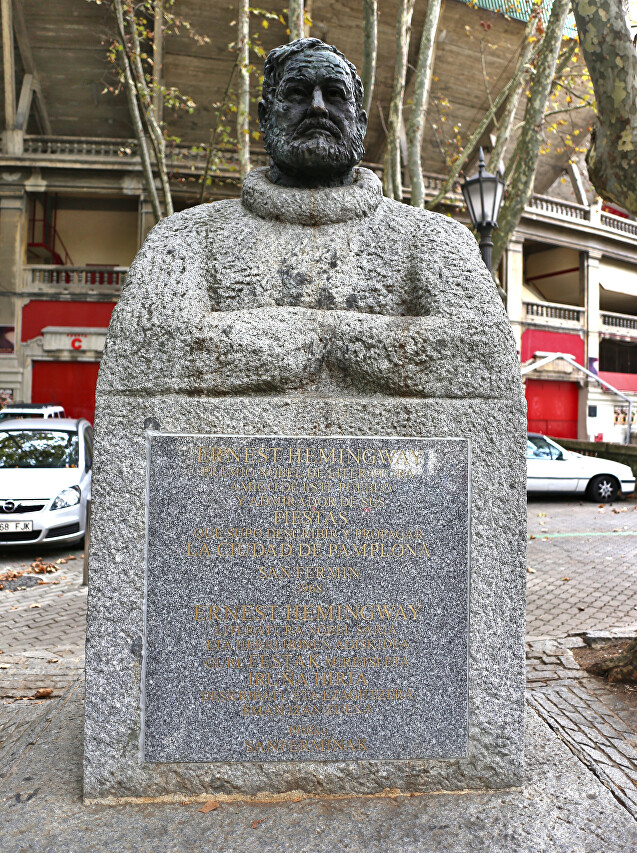Pamplona Bullring
Pamplona is known as the location of the Encierro festival, the essence of which is to run bulls through the streets of the city, before which any daredevil can try to run. The final point of this race is the bullring (Plaza de toros Monumental de Pamplona), located one and a half hundred meters from Plaza de Castillo.
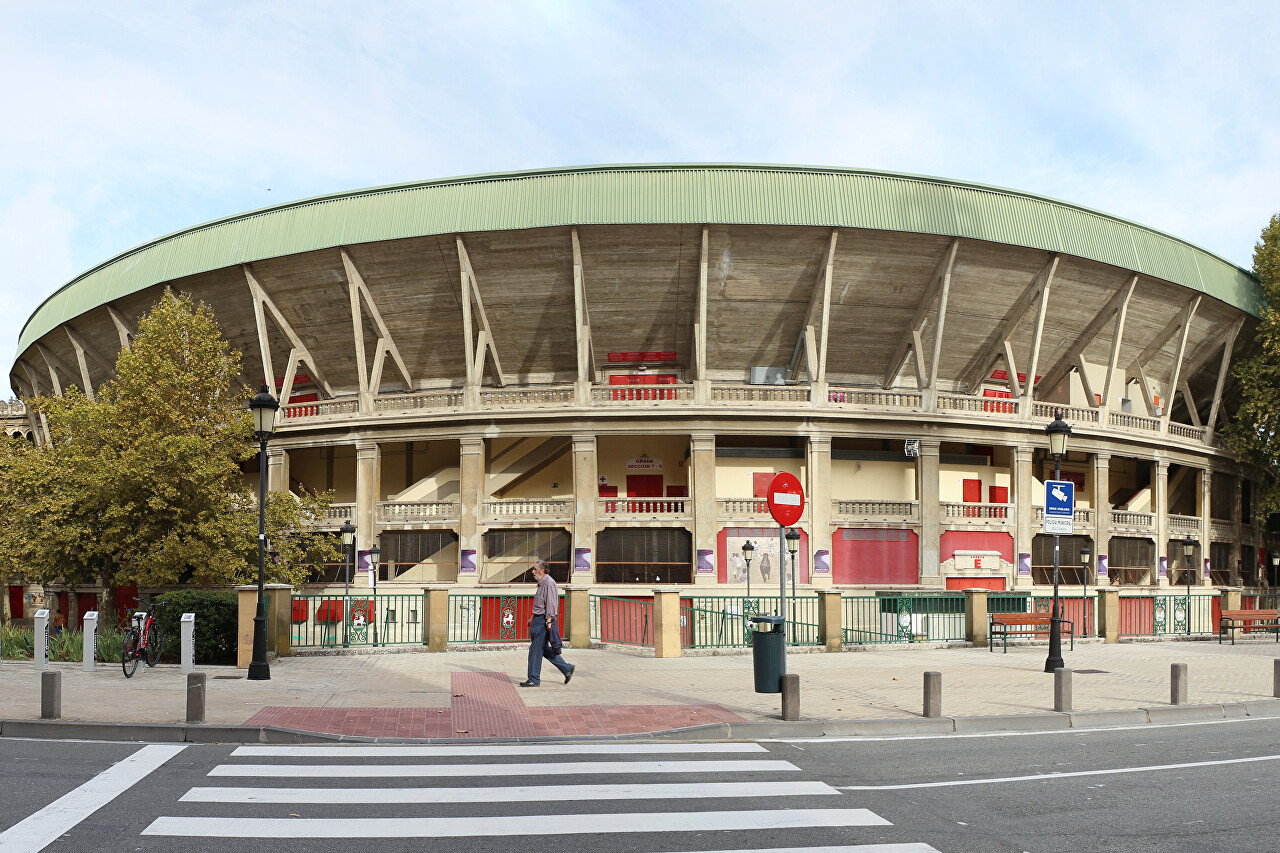
The first temporary bullring was built in Pamplona in 1844. 5 years later, the City Council decided to demolish the temporary building and build a capital structure, which was opened for the feast of St. Fermin in 1852. The arena was located at the intersection of Carlos III Avenue and Cortes Street of Navarre, a little to the west of the modern arena.

A proposal to build a new arena was submitted for consideration in 1920. However, the matter was complicated by the question-what to do with the old one? The debate lasted almost a year, until on August 21, 1921, a fire broke out in the old arena, which put an end to the discussion. Some eyewitnesses spoke about the smell of gasoline, but arson was never proven.
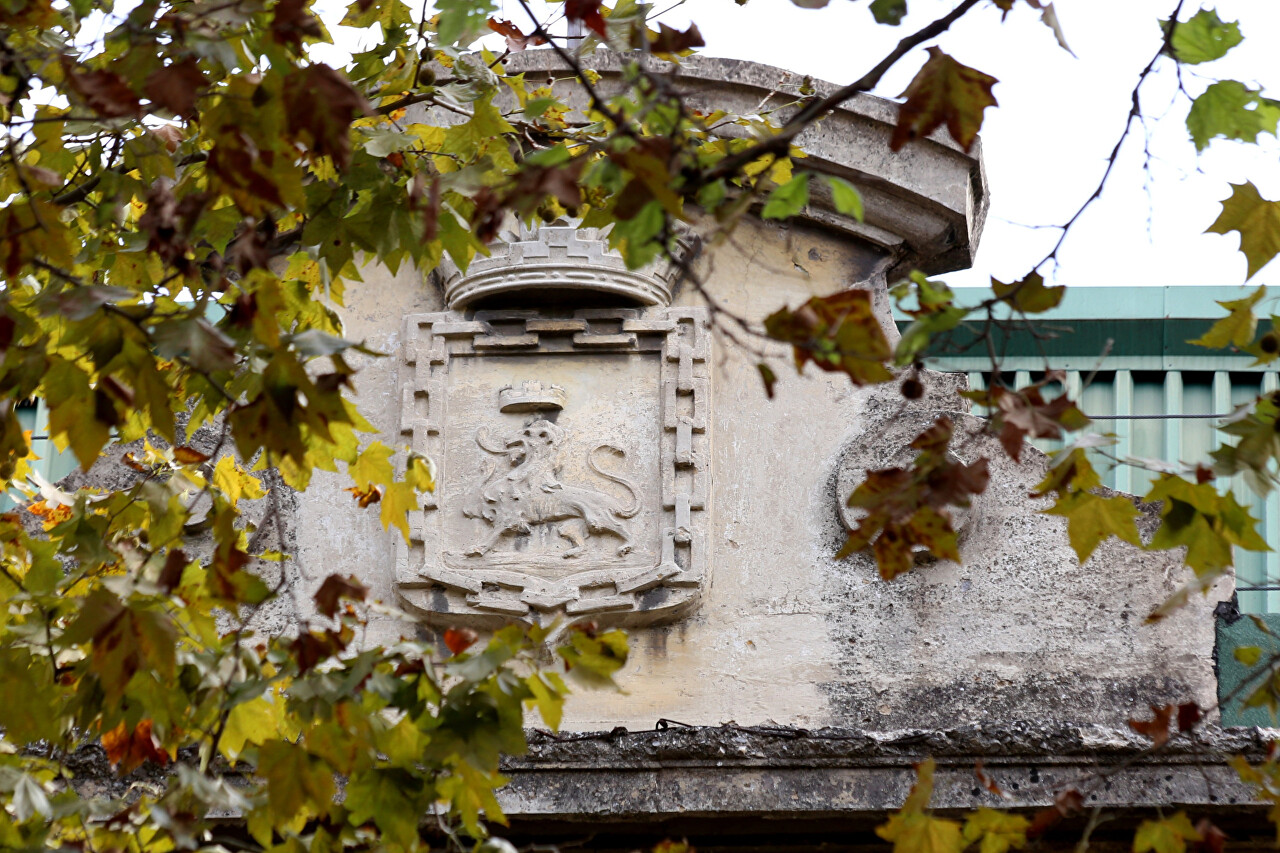
Architect Francisco Urcola from San Sebastian developed the project, which made extensive use of new materials-reinforced concrete and metal structures. However, the exterior is made in the style of historicism and has a classic design for buildings of this purpose. The new arena was opened on July 7, 1922, the first day of the Saint Fermin Festival.
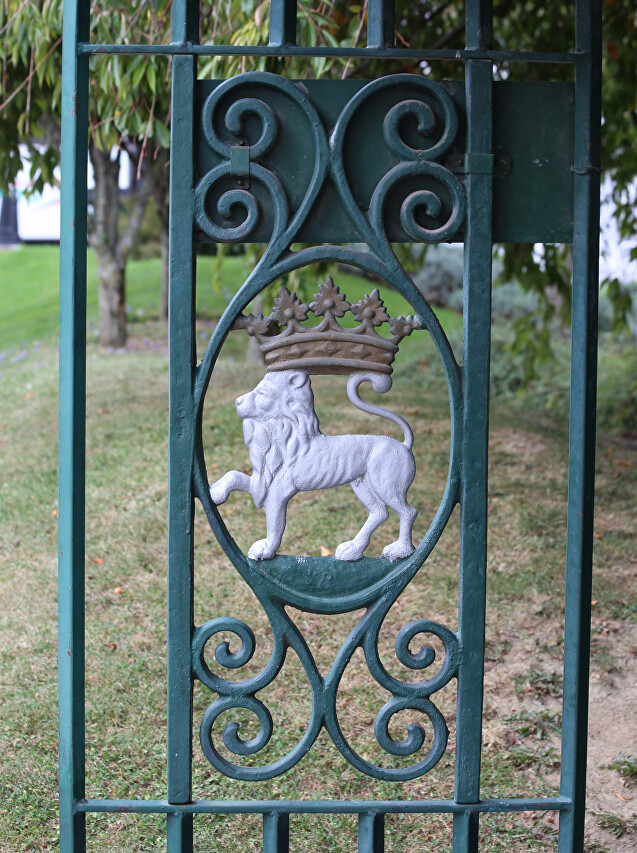
In 1966, the arena underwent a major renovation designed by architect Rafael Moneo in collaboration with engineer Carlos Fernández Casado. As a result, the spectator stands received another tier, the bowl of which is supported by triangular supports, and the capacity of the structure was completed by 19529 people.
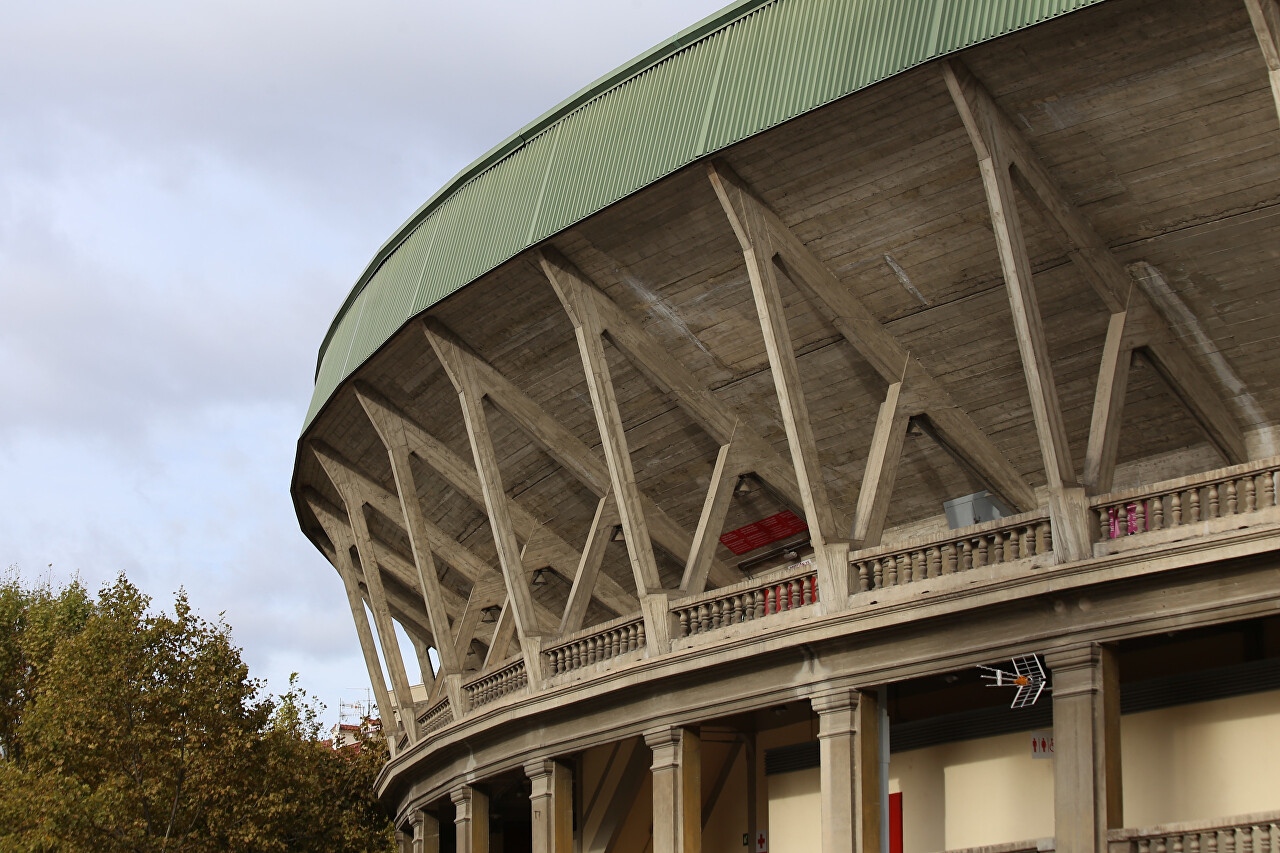
In 2004-2005, the arena was again reconstructed, in accordance with pan-European safety requirements. Several new portals have been added, and the number of places has increased by another two hundred. During the reconstruction of the arena area, the remains of a 16th-century spring and canal that supplied water to the Pamplona suburb of Navarreria until 1852 were discovered, as well as the remains of a bridge and walls of the Tejería Revellín fortification also from the 16th century.
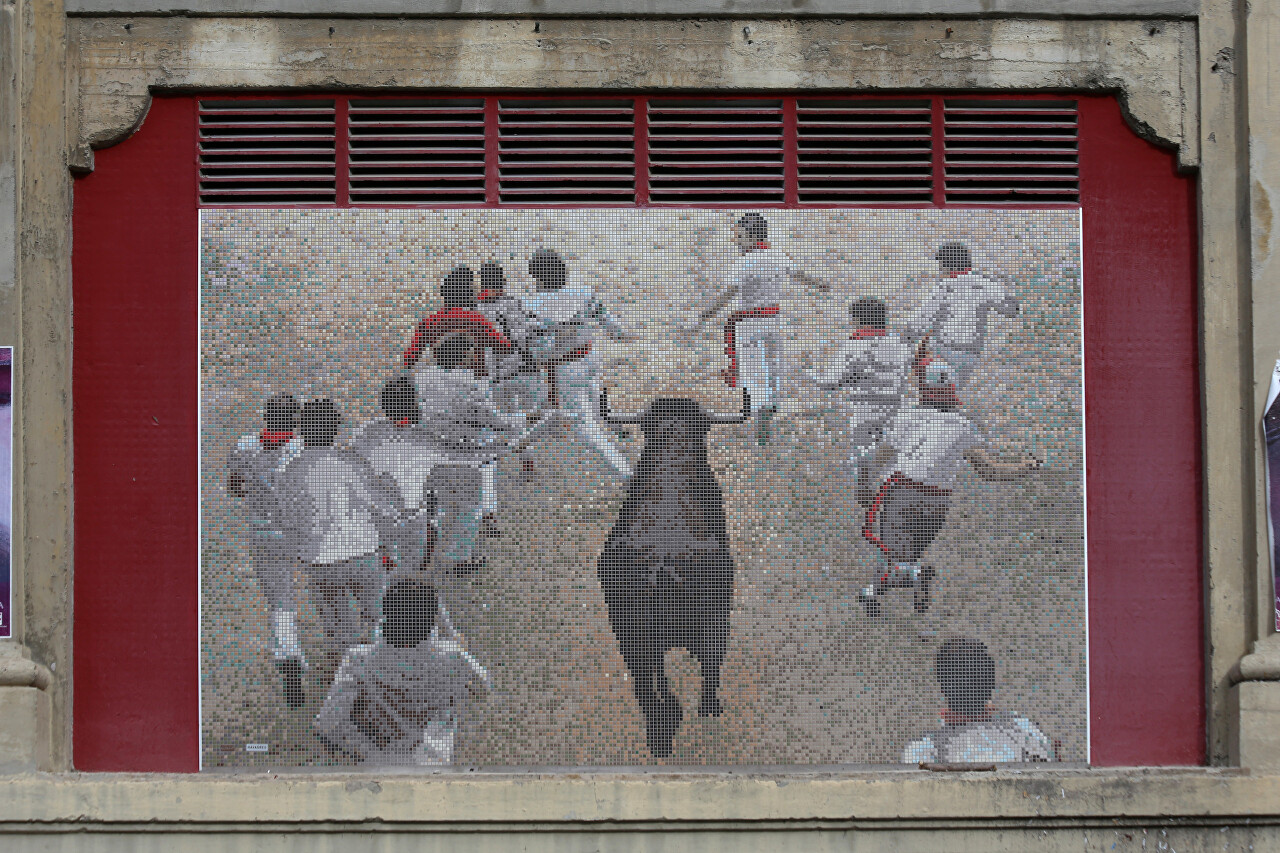
Now the arena in Pamplona is the fourth largest in the world, after Mexico City, Valencia in Venezuela and Madrid. However, bullfighting in Pamplona takes place only during the feast week of Saint Fermin, from 7 to 14 July, while concerts and sports games are held on other days.
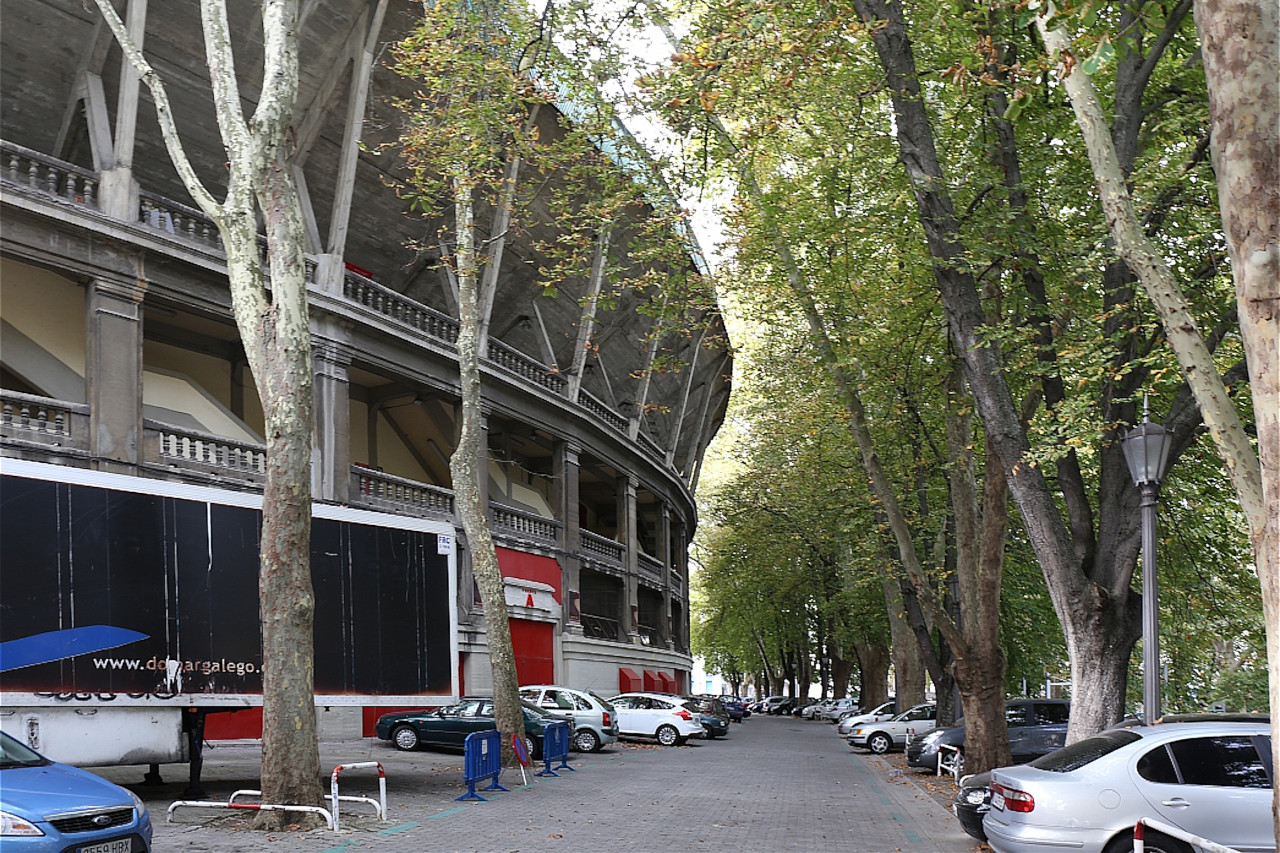
There are also a couple of monuments around the arena. To the right of the main portal is a column dedicated to bulls.
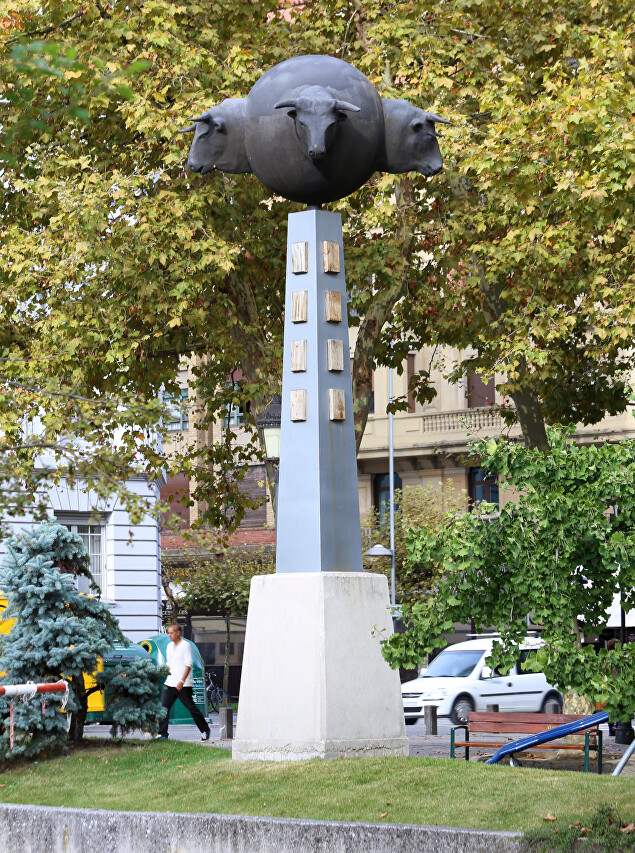
A green alley to the left of the main entrance commemorates the writer who celebrated Pamplona and the feast of Saint Fermin in his novel "Fiesta". The monument to Ernest Hemingway by Luis Sanguino was unveiled on July 6, 1968, and was attended by the writer's widow, Mary Hemingway.
